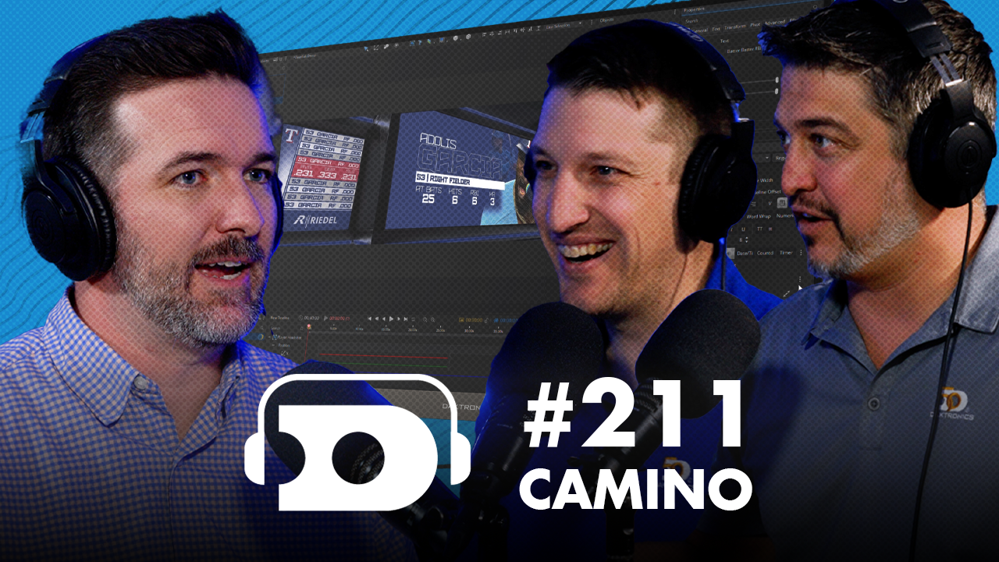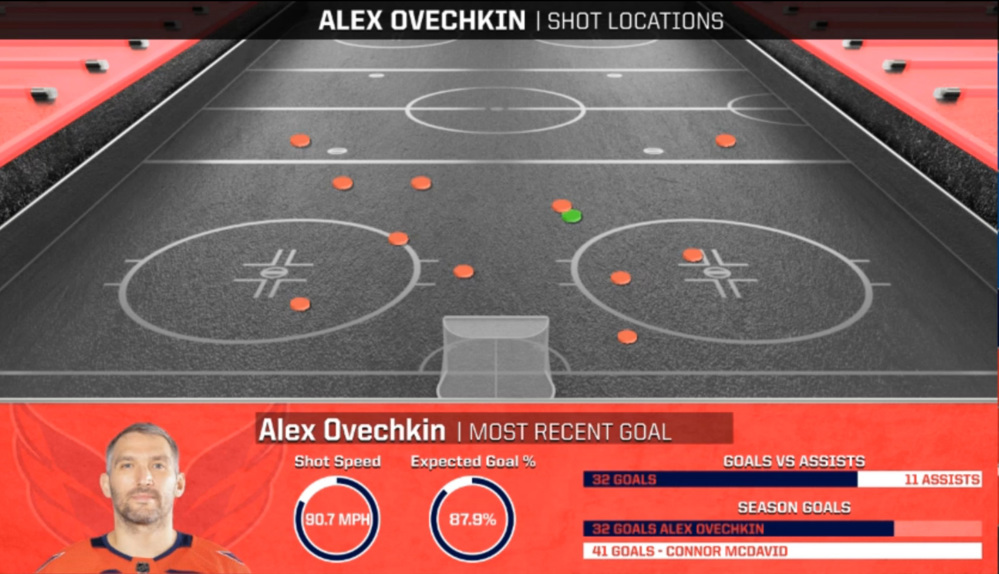The Innovation of Camino and Creating Unforgettable Experiences
Building an unforgettable game-day production goes further than the field of play. Daktronics Camino technology is bringing the digital display experience to the next level.
Justin Ochsner on 9/26/2024
Categories: Pro Sports and Colleges

When attending an event, digital signage is not only expected, it’s often at the core of creating genuine connections among event attendees and fans. To hear about Camino’s role in creating these experiences and connections, we recently sat down with Eric Edens, Daktronics Camino Solutions Engineer, on The Daktronics Experience Podcast.

As the company’s resident expert on Camino, Eric talked about how Camino’s journey began with a vision to create these unforgettable experiences. “The heart of our mission is connecting people in meaningful ways,” he said. “We focused on building a platform that provides content, visuals and data that simply weren’t available before at live events.”
There is a community of event production professionals trying to provide informative and entertaining experiences for audiences within their venues. By placing these users at the center of the design process, our Camino team is set up to continually evolve and meet the ever-changing needs of these professionals and game-day operators for their next-level live event productions.
So what exactly is Camino? Eric answered: “Camino is our real-time render control solution that really opens up some creative possibilities with what you can do with your digital displays. You can work in a 2D, 3D environment with real-time rendered content, designing and playing out unique animations with logic and automation. This brings your show to a whole new level of dynamic content compared to pre-rendered content.
“With pre-rendered content, every time you play it, it’s always doing the same thing. But with Camino’s real-time rendering technology, you can take that content, load out different timelines and have it animate from one scene to the next or automatically change out assets based on incoming data. There are advanced possibilities for turning your numbers into graphics and building visuals for complicated data sets.”




For more visual examples of Camino in action, check out this project highlight from the University of Colorado and the New England Patriots.
Basically, Camino is bringing a new dynamic level of video display production, including advanced automation, beyond only using the pre-rendered content we’re used to. To see Camino live and in person, visit some of these teams’ venues this season:
- University of Colorado
- New England Patriots
- University of Oklahoma
- Texas Rangers
- University of Virginia
- University of Maryland
- Iowa State University
- LA Kings
- Miami HEAT
“Innovation drives us every day,” added Eric. “We’re always asking how we can improve. That includes technological advancements, but also the enhancing the user experience in ways that truly matter. After all, this journey isn’t just about the product, it’s about the people behind it.”
When Eric said assets can automatically change and update in real-time, that’s relieving operators of manual processes that can be time-consuming and stressful during a live event production. They don’t have to continually think of pushing a button every time something happens in the game.
Instead, that content is automatically triggered for display playback based on conditional logic using data being fed to the system for scoring and timing, statistics, and any other data feed that is set up within the system. This ultimately frees up time for operators to focus on other elements of the show.
Real-time rendering. Dynamic digital environments. Automated content delivery. These are just a few of the things Camino is providing for game-day production. Is that all?
“We’re just at the beginning of what’s possible with Camino,” concluded Eric, hinting at the exciting developments that lie ahead. While Camino is certainly targeted to the in-venue LED technology, it won’t only be limited to the LED in-bowl displays in the future.
To watch the full video episode, click here.
To listen to the conversation, click here.
